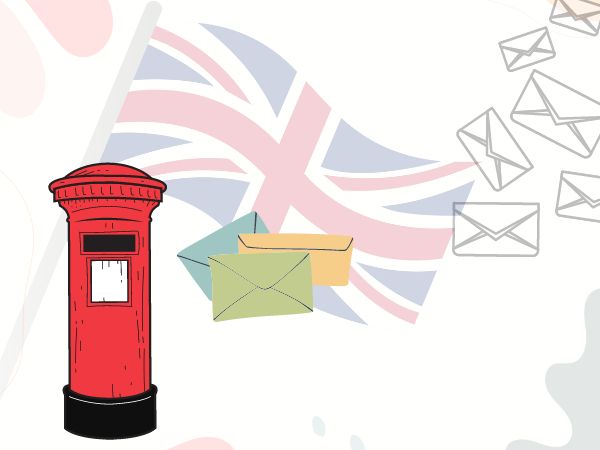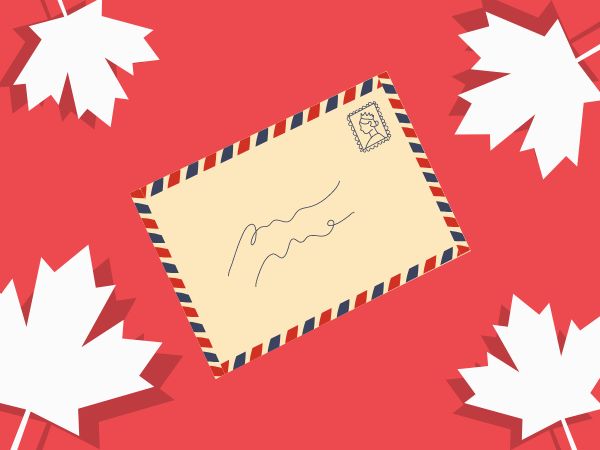While the convenience of modern technology allows for quick communication, the charm of a traditional letter remains unmatched. Sending a letter to England, or any part of the UK, might seem daunting if you’re unfamiliar with the postal system. Yet, with a proper understanding of the address format and other necessary guidelines, you can ensure your letter arrives safely and promptly.
This guide offers step-by-step advice on sending a letter to England, covering address structure, postal codes, and other essential information.
If you’re looking for the quickest and easiest way to send a real letter to England, let us do the heavy lifting. With e-Snail, you can send a physical letter to anywhere in the world.
England Address Format
When sending a letter to England, adhere to a specific format to guarantee the letter’s smooth delivery.
General Formatting Tips:
- Use block letters throughout the address to maximize readability.
- Ensure no ink smudges or obstructions impede the clarity of the address.
- Include a return address in the envelope’s top-left corner to facilitate the letter’s return in case of delivery issues.
- Addressing the envelope in English is ideal. However, ensure that the recipient’s name and address are correctly spelled.
Components of an English Address:
- Recipient’s Name: Begin with the full name of the recipient.
- House Number and Street Name: Typically, the house or building number precedes the street name.
- Town or City Name: Following the street address, write the name of the town or city.
- Postal Code: An essential component, the postal code ensures accurate delivery.
- Country Name: If you’re sending the letter internationally, specify “ENGLAND” or “UNITED KINGDOM” at the bottom of the address.
Example Address:
Mr. John Smith
12 Baker Street
London
W1U 3BP
ENGLAND
England Envelope Address Alignment
Proper alignment is crucial when addressing a letter to England:
- Left Alignment: Align the entire address to the envelope’s left edge, with the address centrally on the envelope.
- No Indentation: Keep each line aligned, avoiding any indentations.
- Consistent Spacing: Maintain uniform spacing between lines for clarity.
- Legibility: Ensure the address is readable, using dark ink or printing with a high-quality printer.
English Postal Code Format
English postal codes, known as “postcodes,” are alphanumeric and vary in length. A space typically divides the outward and inward parts of the postcode. The first segment identifies the postal district, while the second directs the mail to the correct location within that district.
Example: W1U 3BP, where W1U is the outward code and 3BP is the inward code.
English Post Abbreviations and Titles
Here are some standard abbreviations and titles to note:
- Mr.: Used for men.
- Mrs.: For married women.
- Miss: For unmarried women.
- Ms.: Gender-neutral, often for women regardless of marital status.
- Dr.: For those with doctorates or medical practitioners.
- etc.: Abbreviation for “et cetera,” meaning “and other things.”
Restricted and Prohibited Items to Send to England
Some items are prohibited or restricted when mailing to England. These include drugs, counterfeit currency, explosives, obscene materials, and certain weapons. Always check with local postal regulations or official sources to stay updated on the latest restrictions.
Language and Cultural Aspects
British culture values politeness and proper etiquette. When addressing someone formally, especially if unknown personally, use appropriate titles. Moreover, being concise and direct in your letter is appreciated.
Conclusion
Sending a letter to England is a straightforward process when following the guidelines mentioned above. Remember, with e-Snail, you can send letters online to destinations worldwide, including England. Embrace the classic charm of letter writing, combined with the modern convenience of e-Snail.




